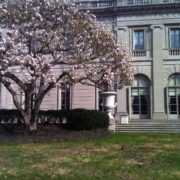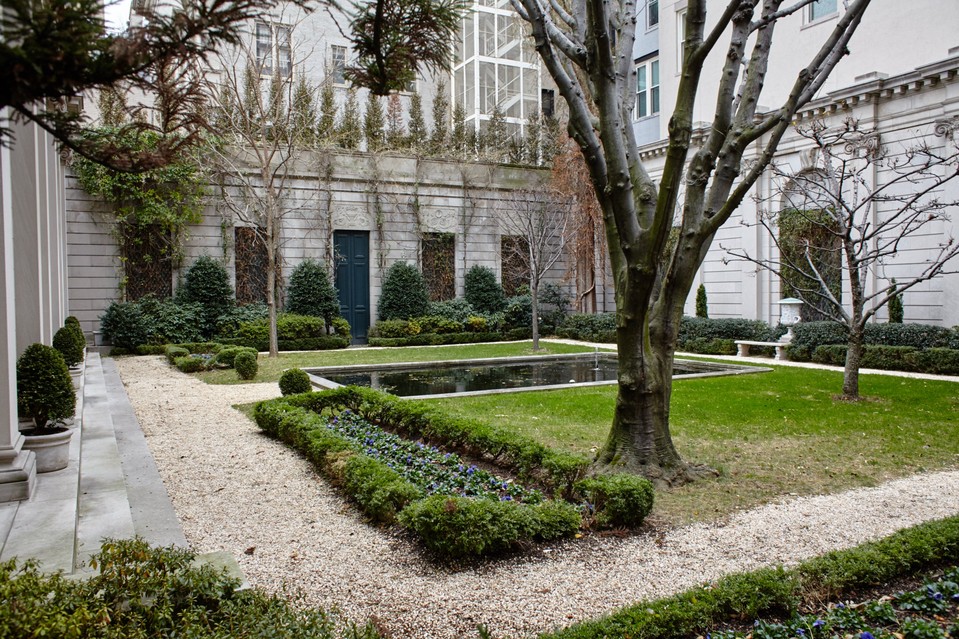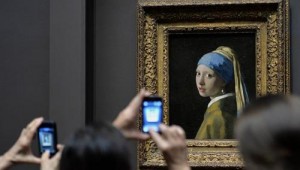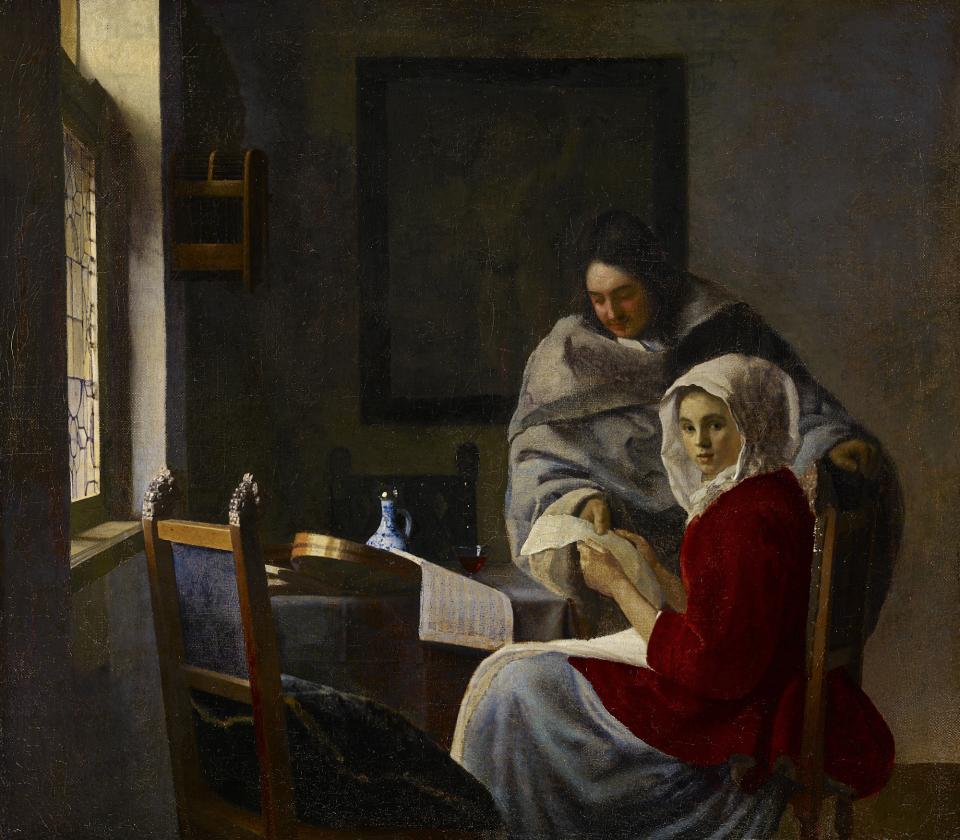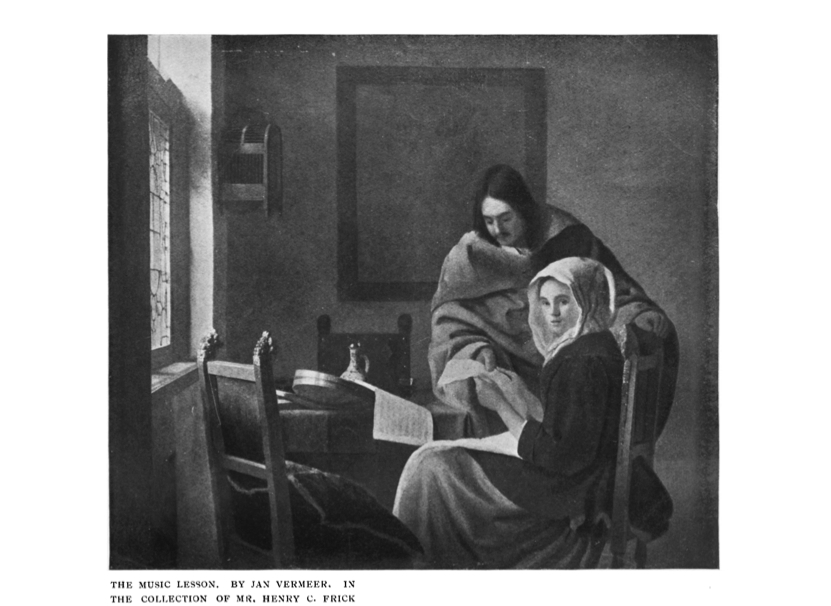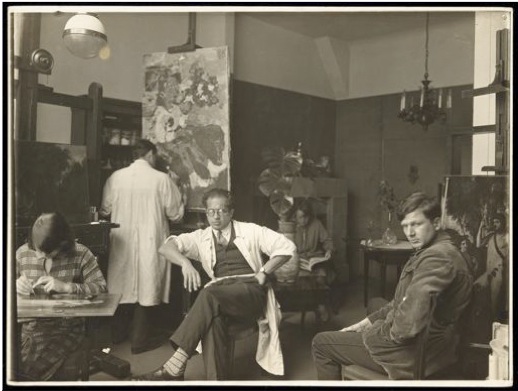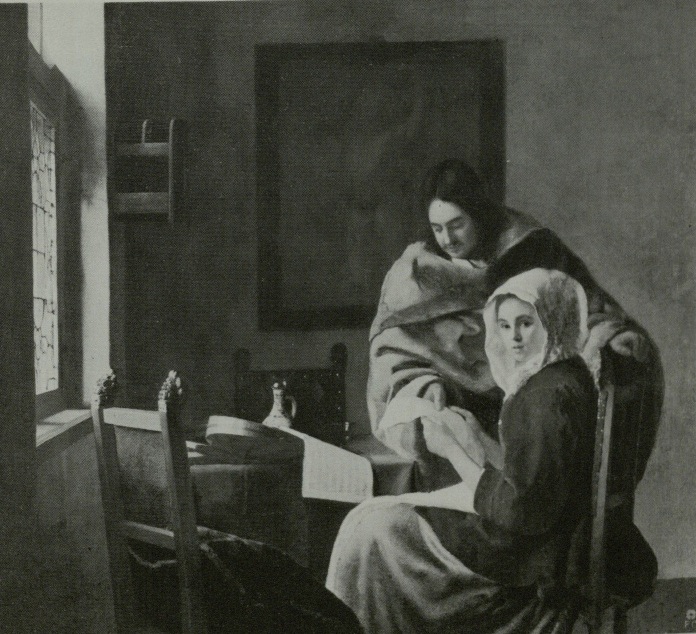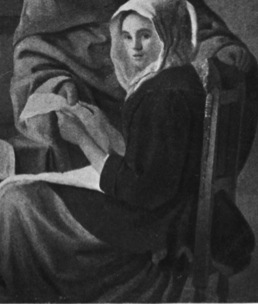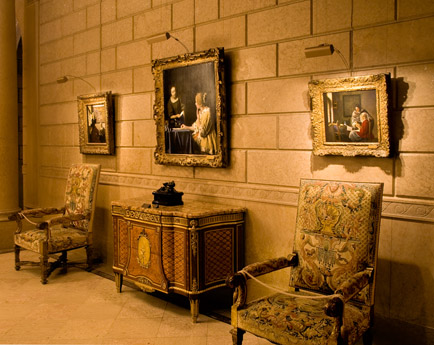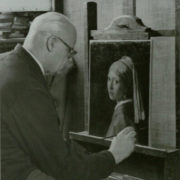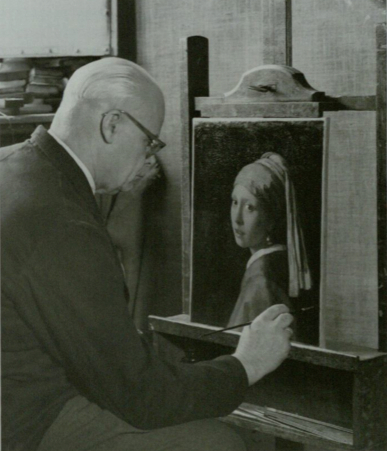Support for Landmarks in New York Prevails: Frick Decides Against Proposed Massive Expansion
Ruth Osborne
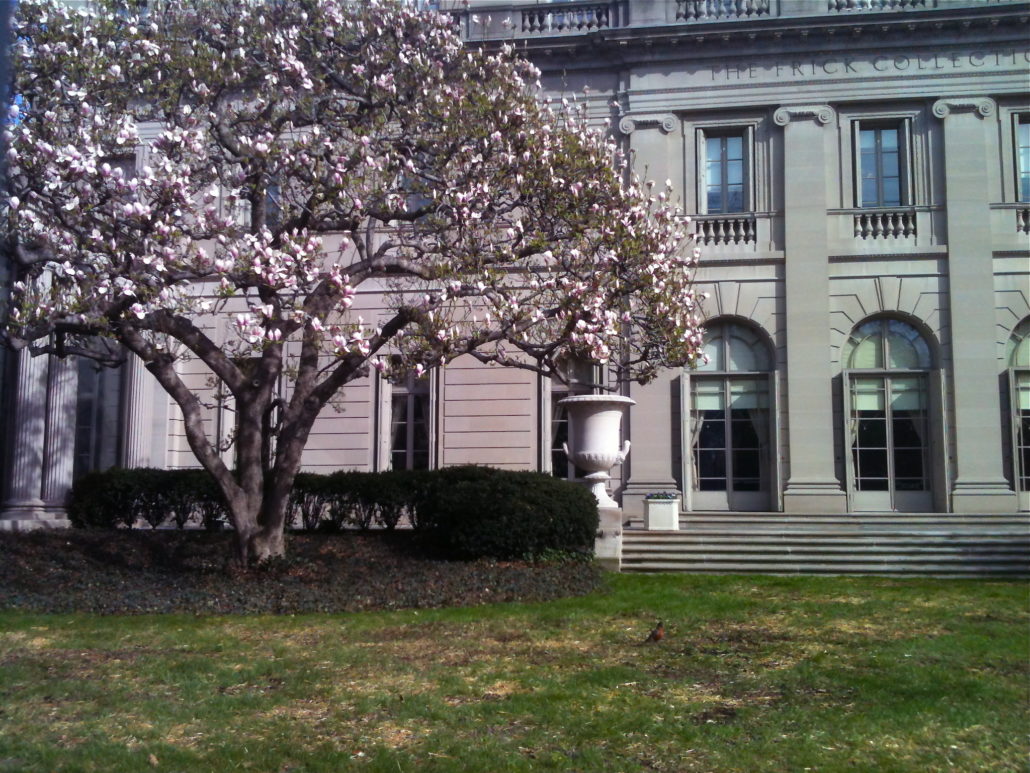
The Frick Collection from 5th Avenue.
It appears the Board of The Frick Collection in New York has decided against its 2014 proposed expansion plans to build the equivalent of a ten-story tower atop their original 1911 landmarked museum building on 5th Avenue.
Culture reporter at The New York Times, Robin Pogrebin, has reported that the Board decided it was up against far too much opposition to go forward with their current plan and seek Landmarks approval.Among the expansion’s opponents were the group Unite to Save the Frick, several prominent New York artists – including Cindy Sherman, Jeff Koons, and Chuck Close -, and a latecomer to the fight, the Municipal Arts Society. Their letter to Director Ian Wardropper argued that the currently proposed expansion plan would be inappropriate to the treatment of the Frick as the historic landmark it is:
The issue is not the number of gardens at the Frick, or if the same number will be retained going forward. More is at stake; the current proposal risks undermining the singular essence of the Frick Collection by erasing a masterpiece of landscape design—a landmark in its own right.
Questioning the aims of modern development that impact the historic fabric of a city or the exhibition of works of art is an essential part of good stewardship of our cultural and artistic heritage. The groups and individuals who spoke out against such a prominent cultural institution as the Frick are not frightened by the big wigs of the Board. Rather, they are acting on their larger role as artists, architects, makers of culture, and are taking their responsibility to care for their New York City’s heritage to heart. It is crucial to ensure we have a balanced approach to respecting the history that has gone before us that has made us what we are today. It is forsaking a city – and a society’s – cultural development if we forget to preserve important parts of its history that has allowed New York City to become what it is today.
It is the aim of ArtWatch to support that critical voice, to question the aims of those entrusted to protecting and maintaining our artistic and cultural heritage, and not simply accept things as they would seem. We are appreciative of those who do not shy away from asking the hard questions and looking under the surface of bureaucracy and policy that is all too often automatically accepted as infallible. We are humans; we make mistakes. Without actively engaging in dialogue with those in positions of authority, we are not taking ownership of our future but instead accepting fate as others decide it for us.
We look forward to seeing the new plans that are reportedly in the making for another attempt at The Frick’s expansion, and we hope this news encourages our readers that something indeed can be done.

